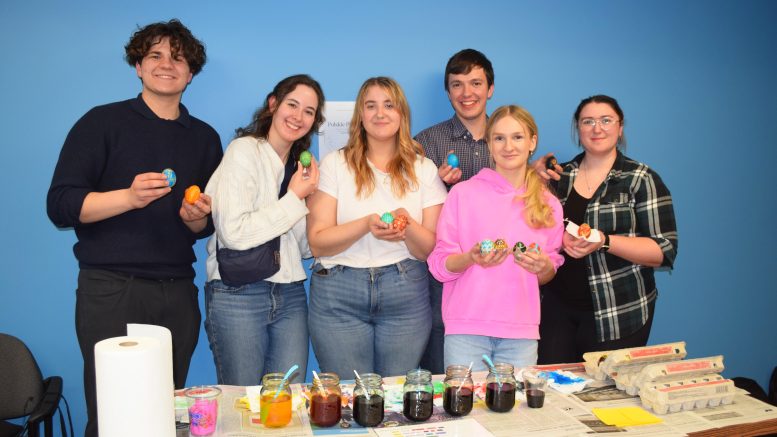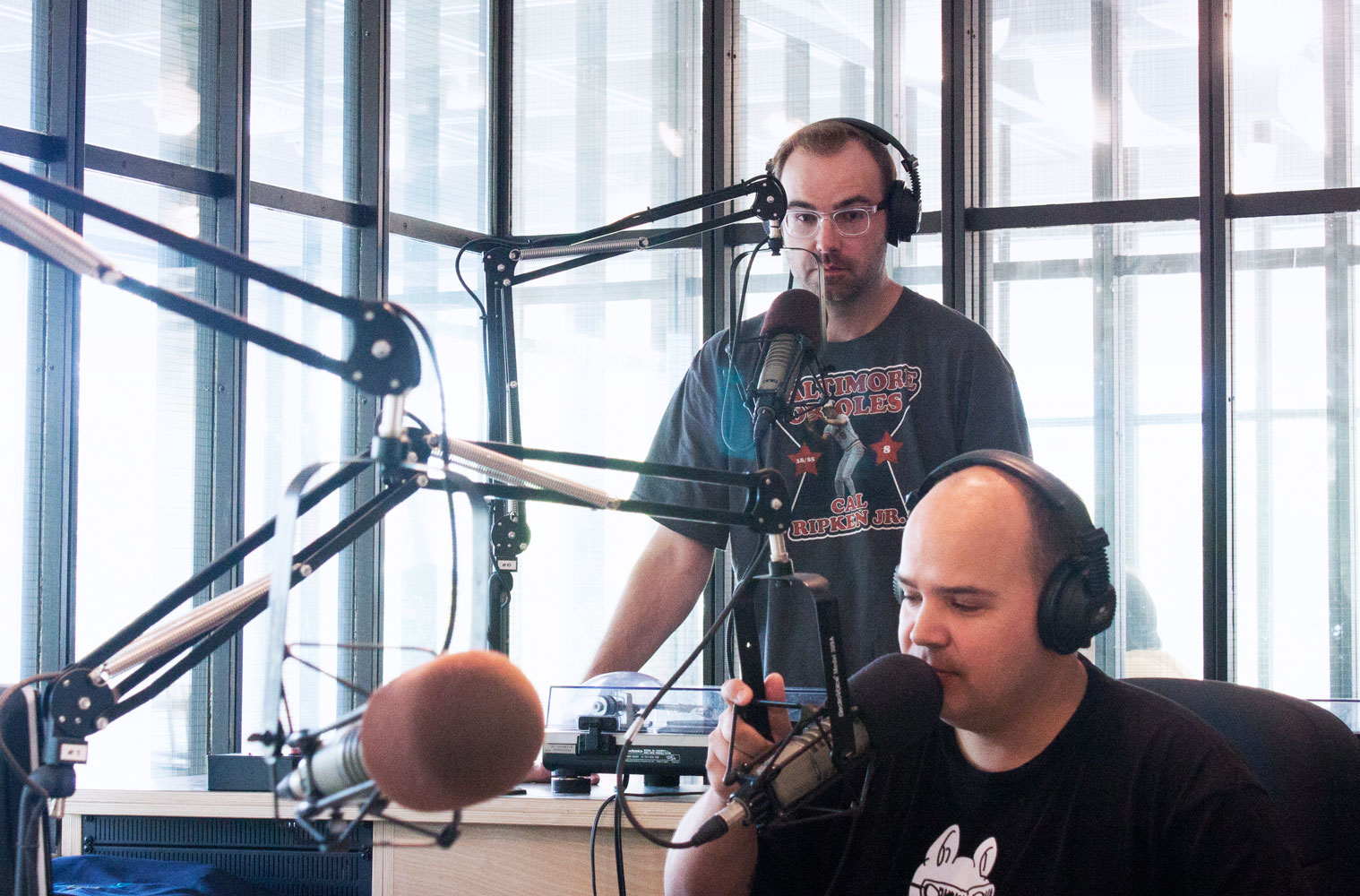Students gathered in the Tier Building on April 4 to decorate Easter eggs, a Polish tradition that dates back centuries, as part of an event held by the University of Manitoba Polish Students’ Association (PSA).
Alexandra Pierzchala, lead organizer and PSA social media manager, stated that the egg symbolizes rebirth into the world and that the act of decorating represents the celebration of life.
Decorated Easter eggs are known as “pisanki” in Polish, which means to “to write.”
“You’re telling a story through the eggs, through what you’re designing on them, what the designs are,” said PSA president Natalia Sawka, who comes from the southwestern region of Poland.
She added that the decorated eggs are brought to church and blessed during the Easter weekend as part of the Polish tradition. The eggs are then exchanged among friends and family members with good wishes, according to the Republic of Poland’s website.
“For me, it’s about storytelling and designs of the eggs, because during Easter, you share the eggs and you’re able to see the stories behind them through the beautiful designs,” said Sawka.
Pierzchala, whose parents are both immigrants from Poland, said that each colour used to dye the eggs symbolizes a different theme. She stated that people would traditionally use onion skins or cabbages to dye the eggshell.
Certain patterns illustrated on the shell are also specific to cities or regions within Poland, according to Sawka.

The colour and patterns illustrated on the eggshells are symbolic, said Pierzchala and Sawka. Photo by Milan Lukes
She explained that utensils are used to apply melted wax on the eggshell, before dunking the egg in a dye. The wax should prevent the dye from affixing to the wax-covered portion of the shell.
“The thought process is basically whatever colour you want on the egg at the end of it, [that] is what you put the wax area on,” said Sawka.
She stated that the dye lasts for a long period and that some eggs can last for “many, many years.”
“You’re able to keep them preserved,” she said, noting that they become hollow over time.
“At end of the process, when you’re happy with how everything is […] then you melt the wax so that you see all the colours underneath the wax that you had, and you see the full design of it.”
Sawka stated that attendees at the event could keep their decorated eggs for Easter.
Polish Students’ Association hopes to build community
Sawka, who has been re-elected to serve as PSA president, stated that the association hopes to “build community, to help anyone interested in the Polish culture to learn more about it.”
She acknowledged that the student club was less active during the pandemic, but said that the PSA has been more involved on campus following the return to in-person classes.
“When I came into my presidential position last year, we started doing more events at least every month, doing some sort of event just to have people come together and either talk about the Polish culture or just meet up with anyone who’s interested in it,” said Sawka.
“You don’t need to be Polish to be in this club,” stated Pierzchala.
“We want to welcome as many people as possible to learn about the culture.”





